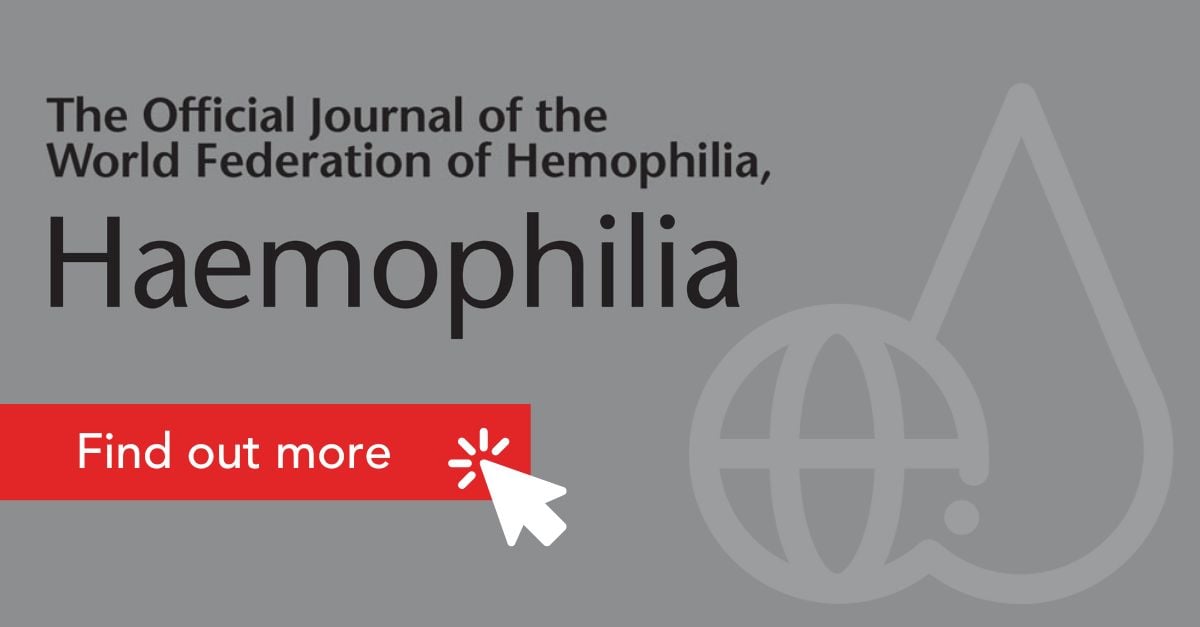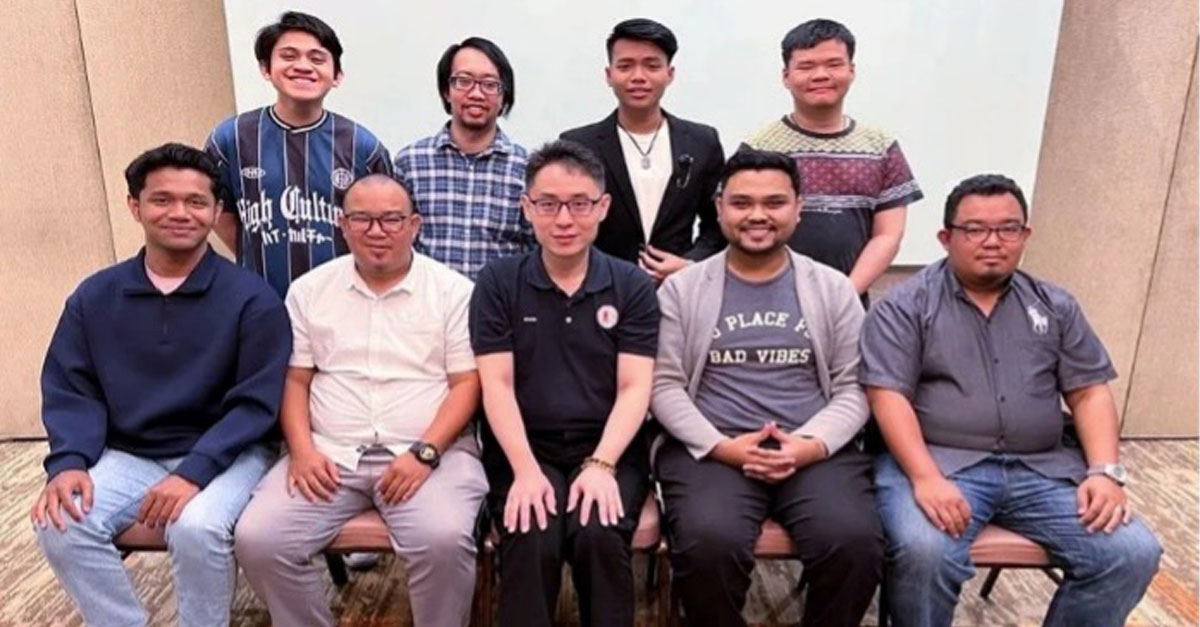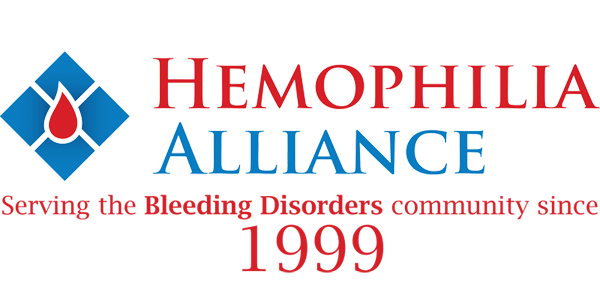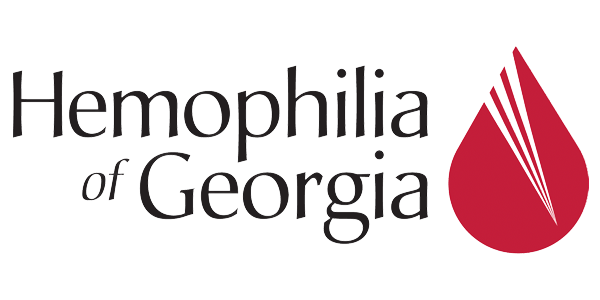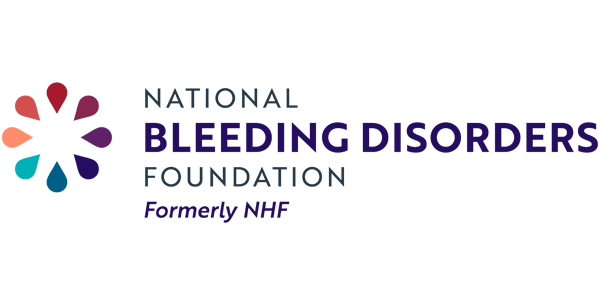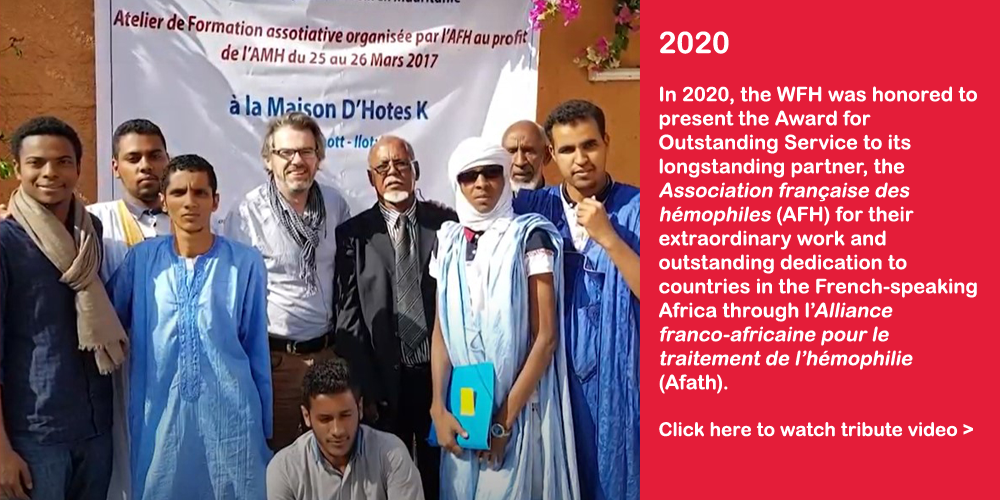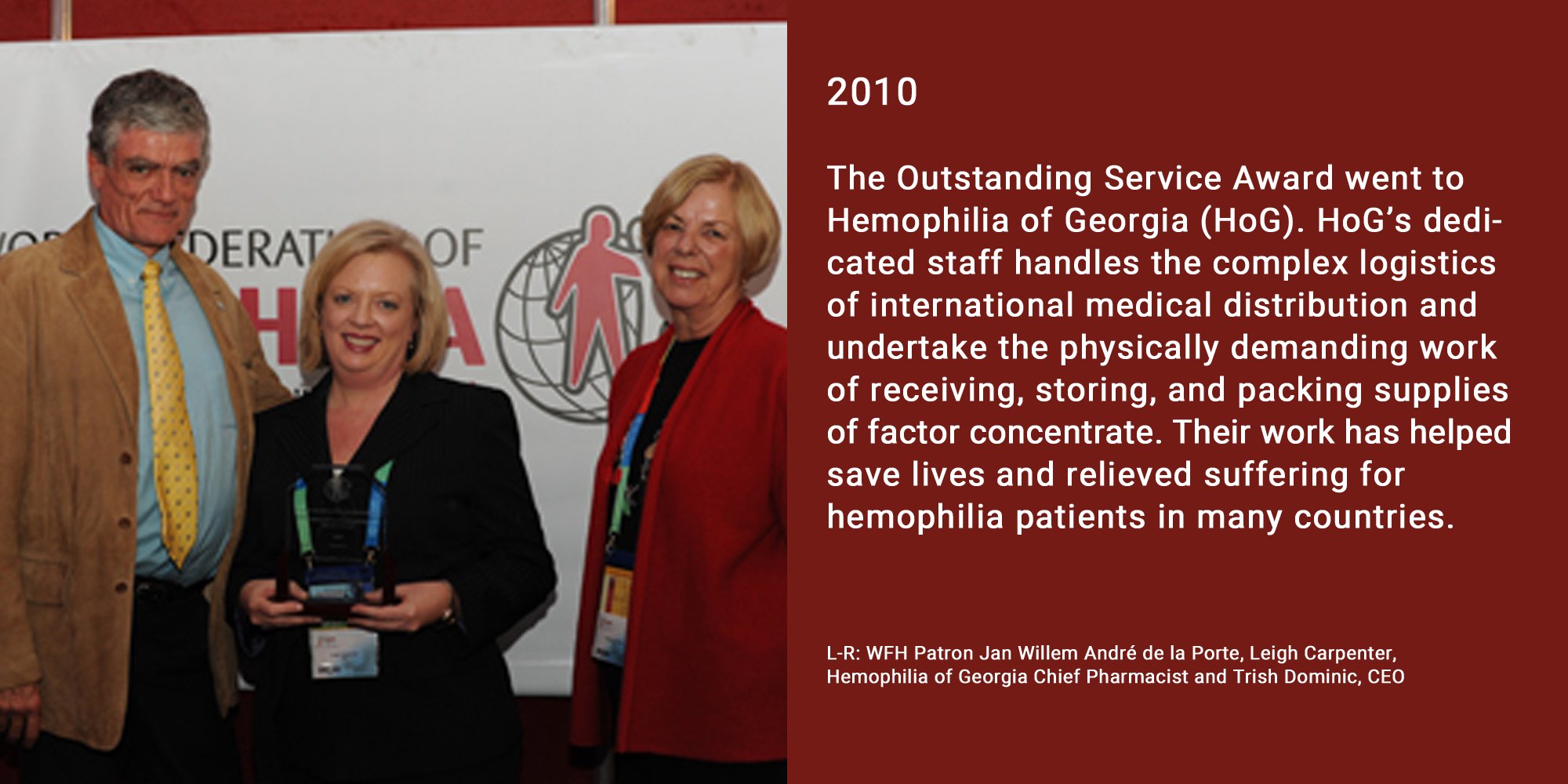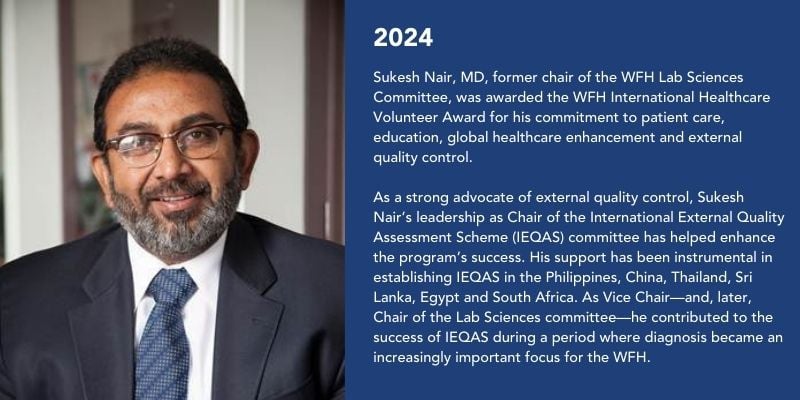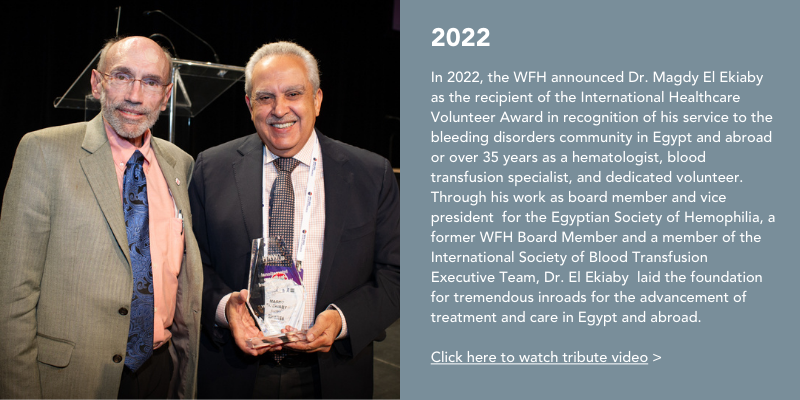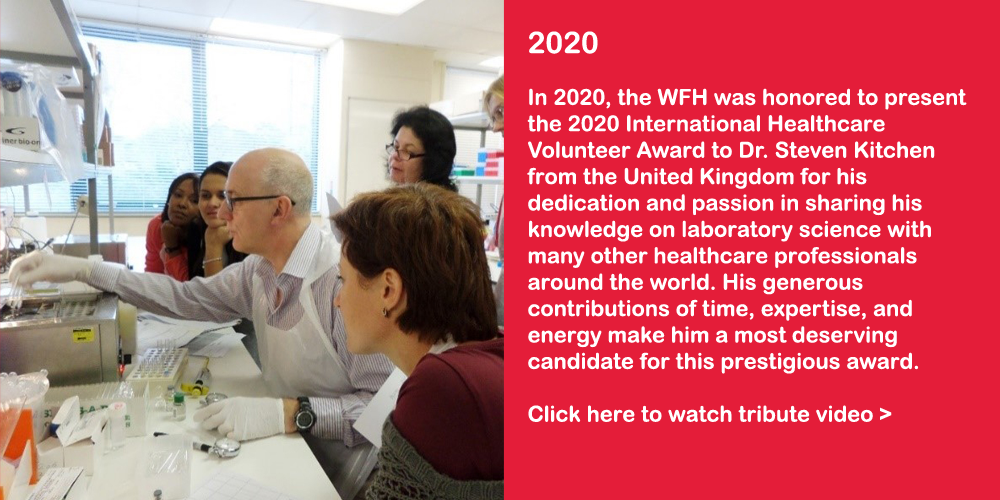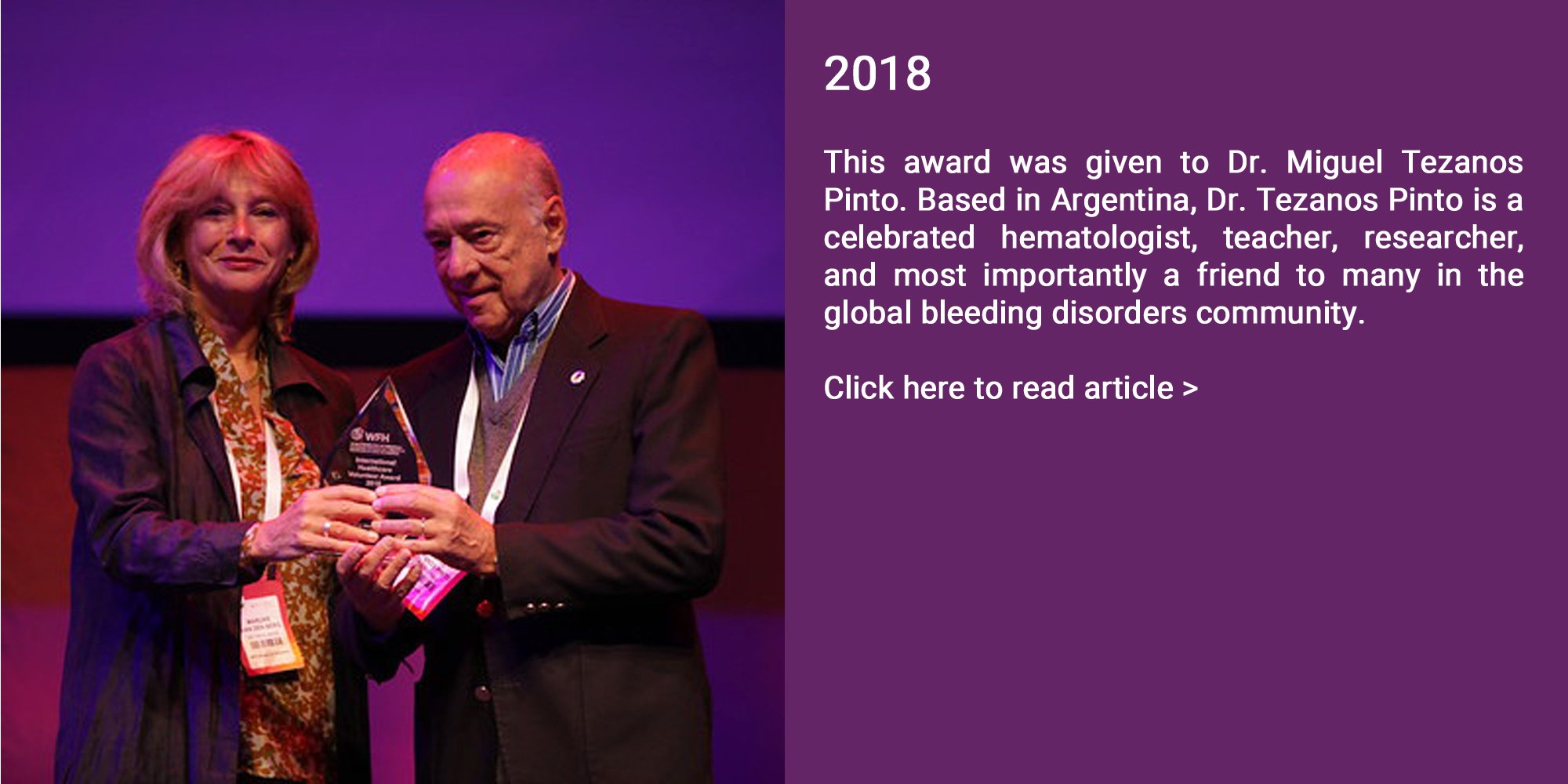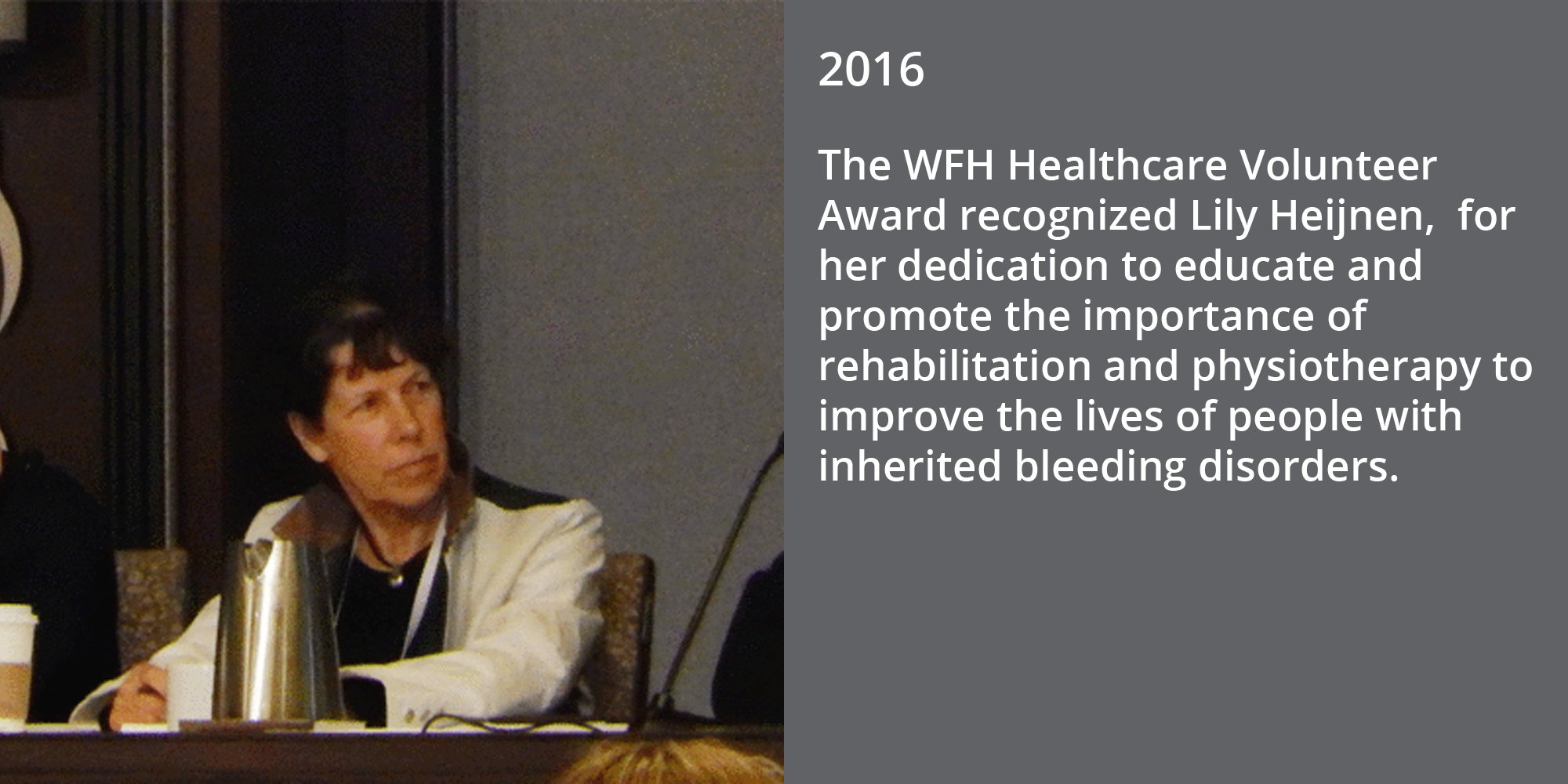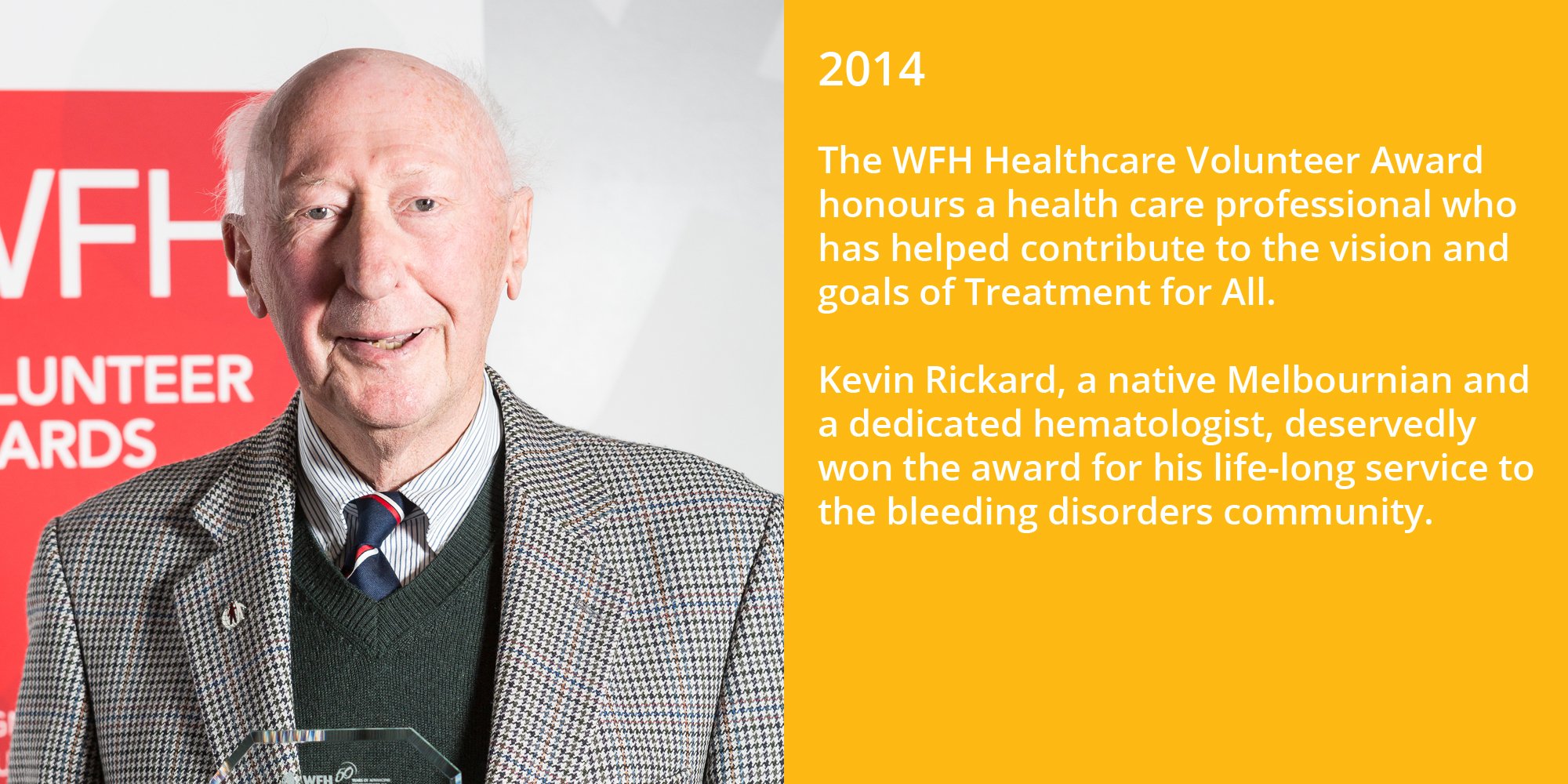NMO name | Hemophilia Society of Malaysia (HSM) |
Location | Kuala Lumpur |
Founding date | 1980 |
Active members | 1,137 |
PWBDs served | 1,261 |
Website* |
The following answers have been edited for clarity.
What are your vision and mission?
Our vision is to be a leading advocate and support network for individuals and families affected by hemophilia and other bleeding disorders in Malaysia, working towards a future where every person with a bleeding disorder can live a full and healthy life. Our mission is to advocate and create awareness for bleeding disorders through education and empowerment for better treatment and care; and also, to collaborate and build partnerships with stakeholders through research and innovation to increase support and outreach.
Which services do you offer your bleeding disorders community?
On top of information sharing, consultations and capacity building workshops, the Hemophilia Society of Malaysia (HSM) is currently working on an education and outreach program.
What are the challenges you face?
Many previous committee members and leaders struggled to increase youth community participation. This year, we formed a youth committee comprising a head and four committee members, and we have high hopes that we will be able to increase engagement.
We are also working hard to encourage more women to participate in our organization. In our country, women are traditionally focused on family affairs, so they often don’t have much extra time to devote to an organization like ours. We’re hoping to change this by potentially creating a women’s committee, similar to what we have done for youths.
We have high hopes for both projects. We find that collaborative partnerships and inclusivity are key in getting buy-in. By creating a safe space for learning, and by making learning fun, you can accomplish a lot.
Do you work with other NMOs in your region?
We collaborate closely with the Asean Hemophilia Network (AHN), especially with the following members: the Thai Hemophilia Patient Club (THPC), the Indonesian Hemophilia Society, and the Haemophilia Society of Singapore.
What was your main achievement of the last few years?
In May 2022, we launched the Suara Kita, a coalition of patient support groups in Malaysia that aims to empower members through training, capacity building and the exchange of information and expertise. In December 2022, a record number of youth members were elected to our board of directors. In February 2023, we had a very productive talk with the Department of Medical Development Division along with our WFH Regional Manager.
All these accomplishments were made possible through a firm understanding of the Malaysian government’s healthcare ecosystem, effective communications, inter-organizational partnerships, constant improvement through exchange of best practices, and both monetary and non-monetary support from our industry partners.
The major challenges we faced during the lead up to these accomplishments was building the capacity of the youth committee members to be at par with our more senior members so that we could have well-balanced feedback and input on our organizational strategies. Our experiences have taught us that exposure and inclusivity are important, as well as mentorship, teamwork, and adaptability.
As part of your advocacy work, have you tried to influence national government to achieve change in policies affecting bleeding disorders?
We always believed that to provide better treatment and care for the Malaysian bleeding disorders community, we need to work as a team with all stakeholders so that no one is left behind. To a certain extent, we have tried to advocate or influence the national government so that they can include us in any policies that affect the bleeding disorders community. This is still a work in progress, but we are hopeful for the future.
How do you envision the future of the bleeding disorder community in your country?
We hope that all the PWBDs will have prompt and adequate treatment in Malaysia. We also hope that care will be fully self-sustainable one day. We are optimistic about the future, but we also know that there are challenges ahead. Change is a constant and, we, as a patient support group, must make sure we continue to be a relevant voice in the community—especially when it comes to advocacy.
How would you describe your experience of collaborating with the WFH?
Thanks to the WFH, we are more exposed to the latest treatments available. This is all thanks to the many workshops, webinars, and online resources offered by the WFH. Also, the WFH Path to Access to Care and Treatment (PACT) Program has really made a difference for our community.
Are there any upcoming events/initiatives that you would like to promote?
We are looking forward to celebrating the next World Hemophilia Day. And—of course—we are looking forward to the WFH 2026 World Congress which will be held in Kuala Lumpur, Malaysia, which we will be co-hosting.
Do you have anything else you would like to share?
We would like to thank WFH for all the support and guidance we received, and for helping us increase the level of care for PWBDs in Malaysia.
To read about the way the WFH and NMOs collaborate to make a difference in local bleeding disorders communities, please read “National member organizations: the heartbeat of the WFH” here.
To read more stories in this series, please click on one of the links below:
Federación de Hemofilia de la República Mexicana (Mexico): click here.
Asociación Costarricense de Hemofilia (Costa Rica): click here.
Haemophilia Association of Mauritius: click here.
Syrian Hemophilia Society: click here.
National Hemophilia Network of Japan: click here.
* Disclaimer: This is an external website, and its content has not been developed nor endorsed by the WFH.
